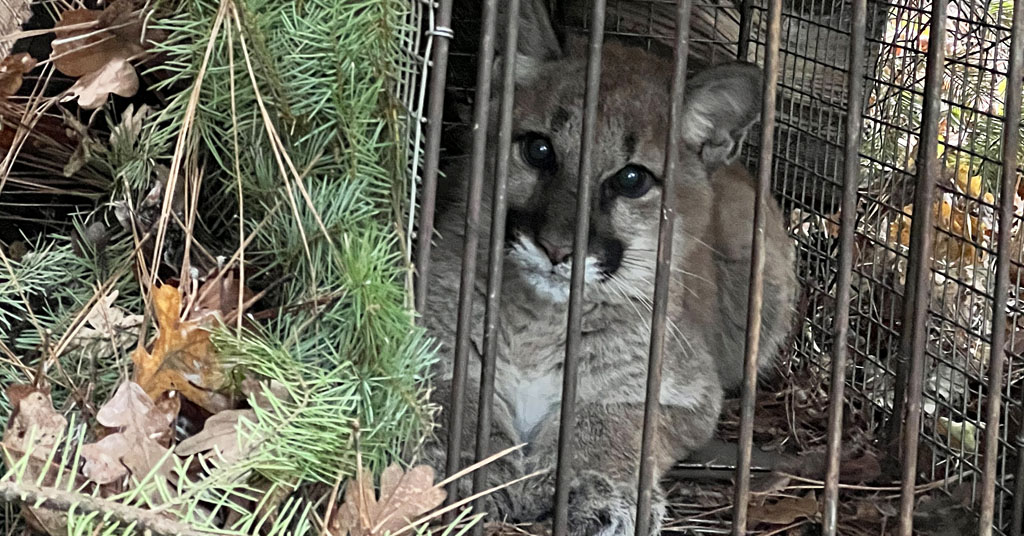Ignorant Pet Owners Allow Popular Turtle to Go Wild
June 25, 2020
They are the most popular pet turtle in the United States and available at pet shops around the world, but because red-eared sliders live for about 30 years, they are often released where they don’t belong after pet owners tire of them. As a result, they are considered one of the world’s 100 most invasive species by the International Union for the Conservation of Nature.
Southern New England isn’t immune to the problems they cause.
“I hear the same story again and again,” said herpetologist Scott Buchanan, a wildlife biologist for the Rhode Island Department of Environmental Management. “‘We bought this turtle for a few dollars when Johnny was 8, he had it for 10 years and now he’s going to college, so we put it in a local pond.’ That’s been the story for hundreds and thousands of kids in recent decades.”
Red-eared sliders are native to the Southeast and south-central United States and northern Mexico, where they are commonly found in a variety of ponds and wetlands. Buchanan said they are tolerant of human disturbance and tolerant of pollution, and they are dietary generalists, so they can live almost anywhere. And they do.
They breed throughout much of Australia as a result of pets being released, and in Southeast Asia they are raised as an agricultural crop and have displaced numerous native species. In the Northeast, they live in the same habitat as eastern painted turtles, one of the area’s most common species, but they grow about 50 percent larger. Numerous studies suggest that sliders outcompete native turtles for food, nesting, and basking sites.
Despite concerns about their impact on native turtle populations, red-eared sliders are still legal to buy in Rhode Island and most of the United States, though Buchanan said that in the Ocean State they may only be sold by a licensed pet dealer and can’t be transported across state lines. Those who buy a slider must keep it indoors and must never release it into the wild, including into a private pond.
“But people often aren’t aware of the regulations, or they don’t bother to look at them, or they just don’t follow them,” Buchanan said. “We see lots of evidence of sliders, especially in parts of the state where there are lots of people. The abundance of red-eared sliders in Rhode Island is tied to human population density, which means mostly Providence and the surrounding communities. But I’ve also found them in Newport and Narragansett and elsewhere.”
Sliders are especially common in the ponds at Roger Williams Park in Providence and in the Blackstone River.
While conducting research for his doctorate at the University of Rhode Island from 2013 to 2016, Buchanan surveyed ponds throughout the state looking for spotted turtles, a species of conservation concern in the region. During his research, he also documented other turtle species, including many red-eared sliders.
“The good news was that while spotted turtles can occupy the same habitat as red-eared sliders, I found a greater probability of occupancy by spotted turtles at the opposite end of the human density spectrum as I found sliders,” he said. “Spotted turtles tend to occur where human population density is low, so at least at this moment in time, we would not expect red-eared sliders to be directly competing with populations of spotted turtles.”
Nonetheless, Buchanan advocates what he calls a “containment policy” to keep the sliders from expanding their range in the state.
“It’s mostly about public education,” he said. “We want to make sure people know not to release them in their local wetlands. If we found sliders in an important conservation area — Arcadia, for example — we might consider removing them, though we’re not doing that now.
“They’re well-established in Rhode Island now, so the thought of eradicating them does not seem like a feasible management solution. We just have to live with them, but we also have to try to minimize their spread and colonization of new wetlands.”
No other non-native turtle from the pet trade besides the red-eared slider has been found to be a common sight in the wild in Rhode Island, though Buchanan said he recently had a report of a Russian tortoise — another popular pet — that was discovered wandering around Coventry.
For those who want to get rid of a pet red-eared slider, Buchanan doesn’t offer any easy alternatives.
“You’ve got to be committed to housing that turtle for 30 or 40 years until it dies,” he said. “That’s why this is such a problematic issue. It’s easy to buy a teeny turtle for ten bucks and think it’s no big deal, but that animal is going to live for a long time. When you purchase it, you have to be responsible for it for the rest of the turtle’s life.”
Rhode Island resident and author Todd McLeish runs a wildlife blog.




I have seen them in a pond in Providence’s North Burial Ground, but not recently. Painted turtles and snapping turtles do live in the pond.
We have a similar problem here in England, despite a non friendly climate here they seem to thrive
When the article says ignorant pet owners…. I do not think that statement is 100 percent right.i am blaming the pet stores,flea markets,ect. I would say that they are ignorant ones on the knowledge of care and how much time and money go into these turtles. I blame pet stores for not giving the buyer the knowledge they need before buying. They just want to make a quick sale throwing these baby turtles in a plastic tank with a palm tree and some pettlets.so by the time your quarter size shell babies grows out of his in plastic tub u have already fallen in love with him. That when it really begins. I seem to fall into this steropical category. I currently own 2 ybs that are 10 years old. Though the 10 years I had purchased several tanks from 10 to 20 to now 75 gallons. Not to mention the special lighting needed. These are just a few things the pet stores forget to mention. Ps they live a really long time that i was unaware if also. I am at the point where I wish I was able to let them go. I do not have the heart. People have no idea how much time and work go into these pets!! Anyone have any ides what i can do perhaps let them go free hearing such terrible stories about that I just so unsure and need help as well not because I’m ignorant its because I was not given the right information these so called pet stores have 0 knowledge in. People should choose there wording differently
Maybe it is time to turn red eared sliders into turtle soup